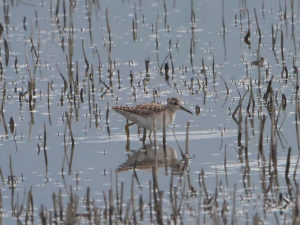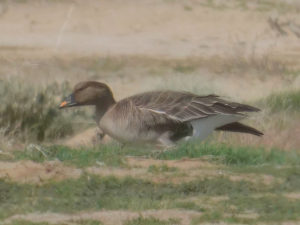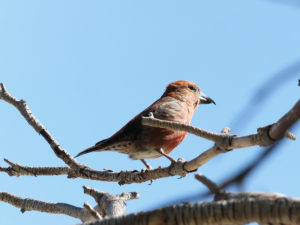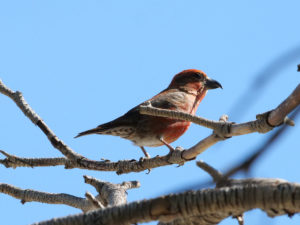Wild Goose Chase: Wood Sandpiper
The chance to get two life birds in SoCal in the same day led to a literal wild goose chase. On Sunday 3/12/2023, my wild goose chase took over 350 miles of driving and added several year birds as well. The first leg was a 75 minute drive to the San Jacinto Wildlife Area. We were able to get into a private duck club at which a Wood Sandpiper was resident. We were only the second guided group admitted. The Wood Sandpiper stayed partially hidden and quite a distance away for more than an hour. It then flew to another pond. When I reached the new location, it was much closer, in more open reeds and better light. These images taken with my 100-400 lens with a 2x crop factor required only slight centering crops and resizing.
Wild Goose Chase: Tundra Bean Goose
Next was the real wild goose chase, a 2-hour drive to Lancaster in the Antelope Valley for the wild goose. For the previous week or so a Tundra Bean Goose was splitting time between Piute Ponds on Edwards AFB and the area around the Lancaster Water Reclamation Facility. Fortunately, the goose was in a field to the west of the facility and visible from the side of the road. It was about 200 yards away. The photography was difficult. I wasn’t satisfied with what I was getting with my 100-400 lens with a 2x crop factor as the goose was way too small in the frame, so I switched to digiscoping with my Kowa 88mm spotting scope, but the wind was bouncing the scope around. Fortunately, an incredible editing program called Topaz Photo AI was able to clear up the motion and enhance the resolution.
Topaz Photo AI
Topaz Photo AI combines Topaz’s stand-alone programs – Denoise AI, Sharpen AI, and Gigapixel AI – which allows these functions to operate simultaneously. I use Paintshop Pro 2023 for my initial steps of adjusting exposure and contrast. I then cropped the images so that the Gigapixel engine had smaller files to work with to increase the resolution. When I dropped the Bean Goose images into Topaz Photo AI, I set the controls to denoise, remove the motion blur, and increase resolution 4x. I let the program choose the amounts of change performed by each function. I then fiddled with factors on the denoise and sharpen scales until the images appeared best to me.
Wild Goose Chase: Red Crossbill
When we had had our fill of the goose, a few of us went to look for reported Red Crossbills at Apollo Park. I found this male Crossbill calling in the SE corner of the park. I was able to get within about 15 feet without flushing him and got these photos between some branches. Red Crossbills typically live in higher elevations where coniferous trees are prevalent as their major food is the seeds from pine cones, which they dig out using their crossed bill tips. They will occasionally move to lower elevations in the winter depending on the
success of the pine cone crop or severity of the weather. I’ve seen them at Newport Back Bay, just above sea level. Since bill size tends to correlate with the size of the cones, ornithologists think that there may be a dozen or more subspecies that will eventually be determined to be separate species. One species native to southern Idaho, Cassia Crossbill, has already been split out. Unless you have the bird in the hand for measurement, you will have to identify Red Crossbill subspecies by call.





